Gillian M. Davis9780849309496, 0-8493-0949-2
Table of contents :
0949_fm.pdf……Page 2
Noise Reduction in Speech Applications……Page 4
Preface……Page 6
The Editor……Page 8
Contributors……Page 9
Acronyms……Page 11
Table of Contents……Page 16
Section I: Tutorial……Page 18
Table of Contents……Page 0
Contents……Page 19
Analog/ Digital Interfacing and Noise Chain……Page 20
A Generic Digital Speech Communication System……Page 21
Sampling……Page 23
Quantization……Page 26
Signal-to-Noise Ratio……Page 27
Stochastic Signals and Their Characteristics……Page 28
Probability Density Function……Page 29
Expectation, Mean, and Variance……Page 30
Correlation and Power Spectral Density……Page 31
Difference Equation and z-Domain Representation……Page 35
Filter Design……Page 38
Optimal or Wiener Filtering……Page 42
Discrete Signal Transforms……Page 43
Discrete Fourier Transform……Page 44
Spectral Analysis with the DFT……Page 46
Other Discrete Transforms……Page 48
Noise Reduction Based on Signal Transforms……Page 50
Structure and Architectures……Page 51
Mean Square Error Optimization……Page 53
Gradient Techniques……Page 56
LMS Convergence Characteristics……Page 57
Other Adaptive Filter Algorithms……Page 58
Conclusions……Page 59
References……Page 60
Section II: System Aspects……Page 61
Introduction……Page 62
Analog Filter Requirements at the Analog-to-Digital Gateway……Page 63
Anti-Aliasing and Recovery Filters in Digital Audio Systems……Page 65
Current-to-Voltage Conversion with Embedded Signal Recovery Filter……Page 68
Servo Amplifier to Establish Output dc Conditions……Page 70
Voltage-Controlled Amplifiers……Page 71
Dynamic Range Control……Page 75
Dolby A-Type Noise Reduction……Page 76
Conclusions……Page 82
References……Page 84
Contents……Page 85
Introduction……Page 86
Noise Reduction in Hearing Devices Using DSP……Page 87
DSP Noise Reduction in Automobiles Using Electronic Mufflers……Page 89
DSP- Based Digital Audio Noise Reduction……Page 90
Von Neumann Architecture……Page 91
Scalar Architectures……Page 92
Superscalar Architectures……Page 95
Very Long Instruction Word Architectures……Page 96
Instruction Set Architecture Specialization……Page 98
Component Interconnect Specialization……Page 99
Functionality……Page 100
Execution Predictability……Page 101
Power……Page 102
Run Time Kernels and Operating Systems……Page 103
Single-Cycle Multiply……Page 104
Problems with Analog Circuitry……Page 105
Common DSP Characteristics……Page 106
DSP Example……Page 107
DSP Building Blocks……Page 110
Conclusions……Page 111
References……Page 112
Contents……Page 113
Application Specific Systems……Page 114
Embedded Systems Examples……Page 115
Real-Time Event Characteristics……Page 116
Real-Time Facilities……Page 117
Hard Real-Time and Soft Real-Time Systems……Page 118
Introduction to Real-Time Operating Systems……Page 119
What Makes an Operating System a Real-Time Operating System?……Page 120
RTOS for DSP……Page 121
Adopting a New Design Paradigm……Page 123
Task Based……Page 124
Rapid Response to Interrupts……Page 125
RTOS Scheduling……Page 126
The RTOS Kernel……Page 127
System Calls……Page 128
External Interrupts……Page 129
Scheduling Periodic Tasks……Page 131
Optimizing Real-Time DSP Applications……Page 132
What Is Optimization?……Page 133
Performance Improvement Guidelines……Page 134
Last-Resort Assembly Language……Page 135
Compile Time Options……Page 136
Conclusions……Page 137
References……Page 138
Introduction……Page 139
Conceptions of Intelligibility: Implications for Test Design……Page 140
Scalar Approaches to the Evaluation of Intelligibility……Page 142
Vector Approach to the Evaluation of Intelligibility……Page 144
Conceptions of Speech Acceptability……Page 150
Scalar Approaches to the Evaluation of Speech Acceptability……Page 152
Vector Approach to the Evaluation of Speech Acceptability……Page 153
Scalar Approaches to the Evaluation of Speaker Recognizability……Page 161
References……Page 165
Section III: Digital Algorithms and Implementation……Page 167
Contents……Page 168
Frames……Page 169
Models for Speech……Page 170
Circular Convolution Approximation……Page 171
Hidden Markov Model……Page 172
Time-Domain Filtering……Page 173
Spectral Filtering……Page 174
Synthesis……Page 175
Discrete Fourier Transform……Page 176
Estimating the Characteristics of the Speech and Noise……Page 177
Noise Estimators……Page 178
Interframe Smoothing……Page 179
Vector Quantization……Page 180
Hidden Markov Model and State-Dependent Dynamical System Model……Page 181
Spectral Filter Design……Page 182
Spectral Subtraction……Page 183
Subspace Decomposition……Page 184
Predictive Filtering……Page 185
Recursive Algorithms……Page 186
Prediction Filter……Page 187
Artificial Neural Networks……Page 188
Summary……Page 189
References……Page 190
Introduction and Scope……Page 192
Basic Notions……Page 193
Delay-and-Sum Adaptive Beamforming……Page 196
Superdirective Beamforming……Page 198
Griffiths-Jim Beamformer……Page 199
Griffiths-Jim Beamformer with Adaptive First Section……Page 200
Theoretical Background……Page 201
Microphone Placement……Page 203
Combination with Other Noise Reduction Techniques……Page 205
Inverse Filtering and Dereverberation……Page 206
Signal Separation……Page 207
Future Developments……Page 208
References……Page 209
Contents……Page 211
The Problem of Echo……Page 212
Echo Cancellation Definitions and Required Performance……Page 213
Basic LMS Algorithm……Page 215
Echo Path Length……Page 216
Stability……Page 217
Double Talk……Page 218
Impulse Response Change……Page 219
The Need for NLP: The Center Clipper……Page 220
Additional Measures: Loss Insertion……Page 221
Howling Detection……Page 223
Line Echo Cancellation……Page 224
Stereophonic Echo Cancellation……Page 225
References……Page 227
Section IV: Special Applications……Page 229
Introduction……Page 230
Speech Recognition as Statistical Pattern Classification……Page 231
Effect of Noise on Speech Recognition Systems……Page 233
Compensating for the Effects of Noise……Page 235
Signal Compensation……Page 236
Linear Spectral Subtraction……Page 237
Nonlinear Spectral Subtraction……Page 238
Wiener Filtering……Page 240
Feature Compensation……Page 241
Multivariate Gaussian-Based Cepstral Normalization……Page 242
Vector Taylor Series Compensation……Page 244
Codeword-Dependent Cepstral Normalization……Page 247
Cepstral and Spectral High-Pass Filtering……Page 250
Discussion of Relative Merits of the Methods……Page 251
References……Page 254
Contents……Page 256
Hidden Markov Models……Page 257
Model Decomposition……Page 260
Parallel Model Combination……Page 262
Maximum Likelihood Linear Regression……Page 263
Maximum a posteriori Adaptation……Page 266
Extended Maximum a posteriori Adaptation……Page 269
Missing Feature Techniques……Page 271
Mask Estimation Using a Binary Classifier……Page 274
Marginalization……Page 275
Covariance-Based Reconstruction……Page 276
Cluster-Based Reconstruction……Page 277
Discussion of Relative Merits of the Methods……Page 278
References……Page 285
Contents……Page 287
Introduction……Page 288
VoIP Overview……Page 289
VoIP Implementations……Page 290
General Noise/Distortion Issues in VoIP……Page 292
General Telephony Impairments……Page 293
Nonlinearity and Time Variance……Page 294
Listening Quality vs. Conversational Quality……Page 295
Clarity……Page 296
Echo……Page 297
Layer 1 Bit Stream Errors/Layer 2 Frame or Cell Loss……Page 298
IP Packet Loss……Page 299
Solutions to Packet Loss and Jitter – QoS……Page 301
Codec Description……Page 302
Codecs, Bit Rates, Packet Loss, Jitter, and Voice Quality……Page 303
Jitter Buffers……Page 305
Level/Loss Plans……Page 306
Echo and Echo Cancellation……Page 307
Measuring Noise and Distortion in a VoIP Environment……Page 309
Passive Monitoring vs. Active/Intrusive Testing……Page 310
Subjective Testing……Page 311
Objective/Predictive Testing……Page 312
Acknowledgments……Page 313
References……Page 314
Introduction……Page 315
Passive Headsets……Page 316
Analog Active Noise Control Headsets……Page 319
Feedforward Control Systems……Page 322
Feedback Control Systems……Page 328
Hybrid Active Noise Control Headsets……Page 331
Spectral Subtraction……Page 332
In-Ear Microphone……Page 334
Conclusions……Page 336
References……Page 337
Introduction……Page 338
Binaural Processing……Page 339
Crosstalk Cancellation Systems……Page 340
Loudspeaker Geometry……Page 343
Additional Equalizer Constraints……Page 344
Visual Information……Page 345
Discussion and Conclusions……Page 348
References……Page 350
Introduction……Page 352
Examples of Interference……Page 354
Psophometric Weighting Characteristic……Page 356
A Typical Example of Power Line Interference……Page 357
Traditional Noise Reduction Techniques……Page 358
Problem Modeling……Page 359
APLB Algorithm……Page 361
Practical Noise Canceller……Page 363
Experimental Set-Up……Page 364
Results……Page 366
Conclusions……Page 368
References……Page 369
Introduction……Page 370
Convolutive Blind Source Separation……Page 371
Separation Based on Second-Order Nonstationarity……Page 372
Online Decorrelation……Page 373
Ambiguities of Independence Criteria……Page 375
Power vs. Cross-Power Criteria……Page 376
Geometric Constraints for Source Separation……Page 377
Performance Evaluation and Discussion……Page 378
Generalized Sidelobe Decorrelator……Page 381
Results in Real Rooms……Page 383
References……Page 385
Introduction……Page 387
SNR Loss……Page 388
The DSP Hearing Aid……Page 389
Feedback Reduction……Page 391
Directional Microphones……Page 392
Array Microphones……Page 393
Adaptive Predictive Filtering……Page 394
Spectral Subtraction……Page 395
Noise Cancellation……Page 396
Combined Treatment Effects……Page 397
Conclusions……Page 398
References……Page 399
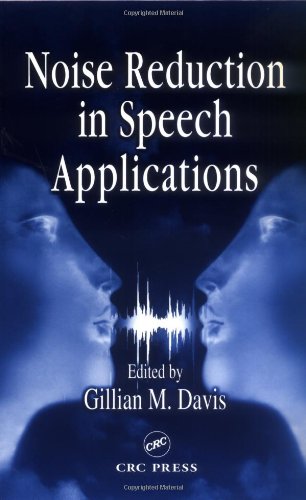

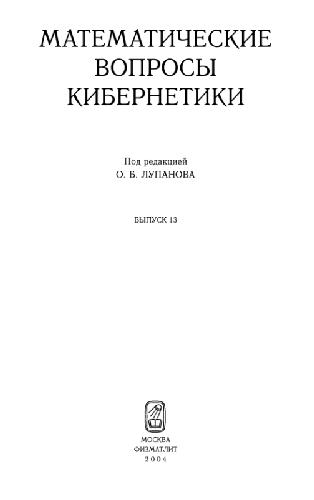

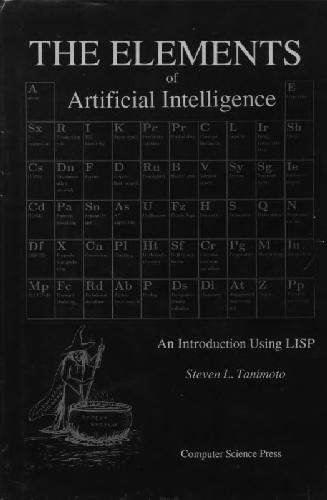
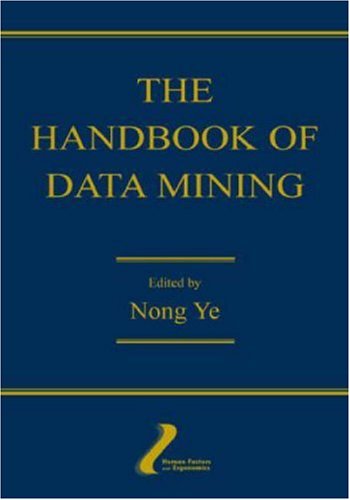
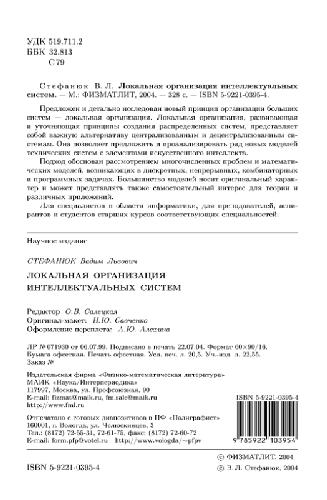
Reviews
There are no reviews yet.